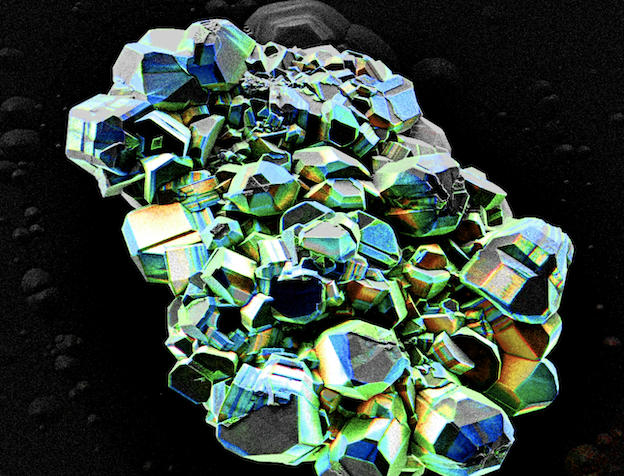Metal–oxide–semiconductor field-effect transistors (MOS-FETs) form the basis of modern integrated circuits due to their versatility and high density. The foundational technology dates back a century, but it was not until the early 1960s when breakthroughs in semiconductor chemistry allowed the development of the first working transistors, which subsequently evolved into the silicon micro-circuitry that we know today. But rapid expansion in AI and digitalisation has led to exponential growth in data center power demand, placing a renewed focus on energy efficiency. Could power saving Gallium Nitride (GaN) technology be the next evolution in computer chips?
Dr Giorgia Longobardi, CEO and co-founder of Cambridge GaN Devices thinks so and is enthusiastic about future applications of the technology. GaN based microelectronics offer several advantages over silicon-based MOS-FETs such as lower resistance and higher switching speeds, resulting in considerably lower energy consumption. Offering higher voltage capacity also makes GaN suitable for applications requiring high power, such as electric vehicles, industrial machinery drives and solar power inverter circuits. This alludes to a big future role for GaN devices in the renewable energy industry.
Although GaN based microelectrionics are currently more expensive to manufacture than the silicon equivalent, costs are expected to reduce in the future as research companies like Cambridge GaN Devices form manufacturing partnerships at scale. Engineering design offered by the company offers some big advantages. For example, drivers are elements that act as intermediaries between signal sources and their respective loads in micro-circuitry. The primary role of a driver is to amplify and shape electrical signals to ensure efficient and reliable transmission. The company’s hallmark product ICeGaN™ offers unique in-built driver tech, eliminating the need for product engineers to develop their own complex and expensive external drive system.
As well as a number of key industry partnerships, the company has generated research and development revenue by participating in the EU funded GaNext project developing GaN-based modules and drivers aimed at improving low and high-power applications. But with ambitions to secure a chunk of the $50bn global power semiconductor market, Cambridge GaN Devices has raised almost $30 million in capital since being spun off from the Power Device Group at the Engineering Department of the University of Cambridge in 2016. With energy saving high on the agenda, and the race for global chip supremacy accelerating, the future of this science based venture looks positive.
Image credit: Gallium Nitride crystal under SEM: F. Dominec via CC BY 4.0
Genius ReFi is a collaborative platform for researchers, investors, entrepreneur and industry players interested in the commercialisation of regenerative sciences.
Please join our discussion forum channel on Discord





